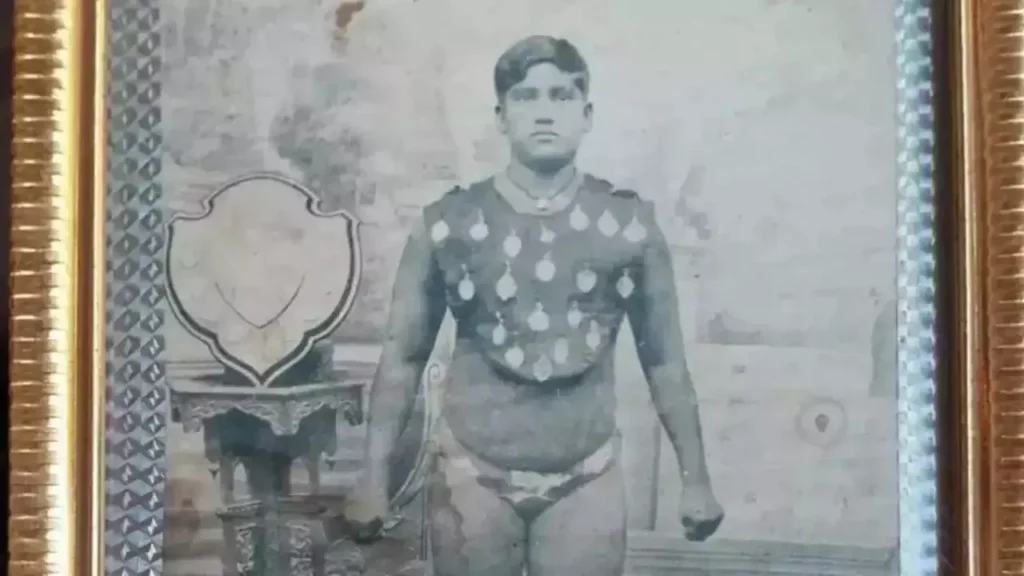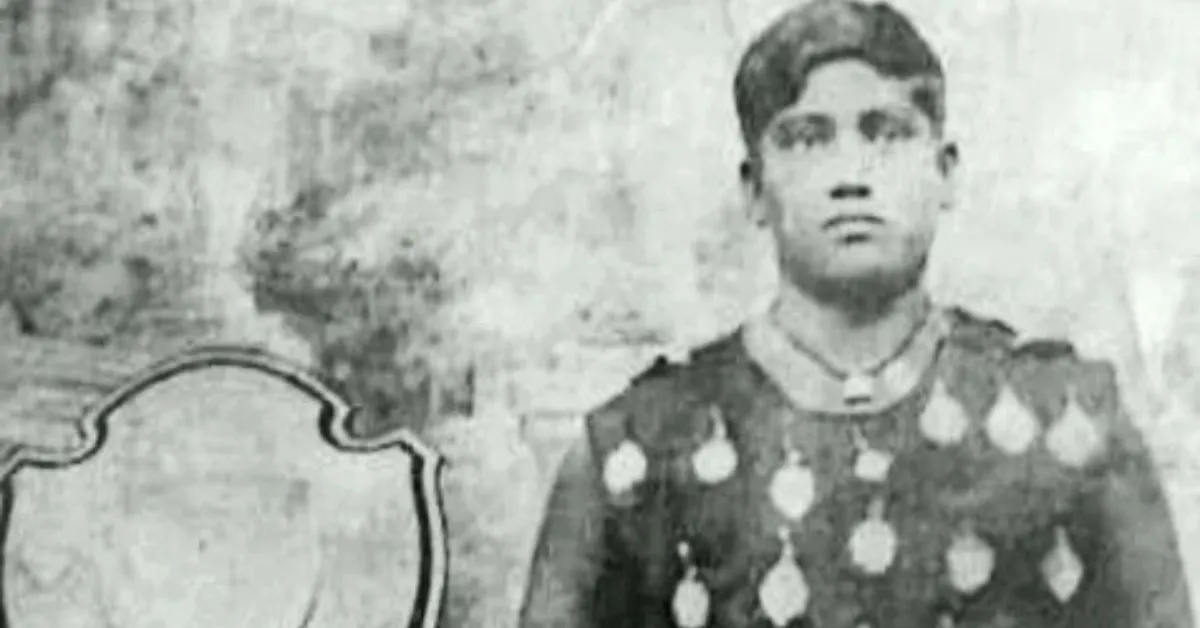Hamida Banu: The Indian Rebellion and the broader context of women's participation in the uprising.
Hamida Banu: The Amazon of Aligarh and Her Role in the 1857 Indian Rebellion
In the tapestry of India’s struggle against British colonial rule, the narrative often spotlights prominent male figures. Yet, among the lesser-known but equally formidable characters is Hamida Banu, dubbed the “Amazon of Aligarh.” Her life, shrouded in the mists of history, symbolizes the spirited participation of women in the 1857 Rebellion, a pivotal event often referred to as India’s First War of Independence.
Early Life and Background
Very little is known about the early life of Hamida Banu. The title “Amazon of Aligarh” suggests her association with Aligarh, a city in the present-day Indian state of Uttar Pradesh, known for its educational institutions and cultural heritage. During the mid-19th century, Aligarh was a site of significant strategic importance, which may explain why Hamida Banu’s story emerged from here.
The 1857 Rebellion
The Indian Rebellion of 1857 began as a mutiny of sepoys, Indian soldiers employed by the British East India Company’s army, on May 10, 1857, in the town of Meerut. It swiftly spread across the northern and central parts of India, involving not only soldiers but also civilians who harbored deep resentment against British administrative policies and social reforms that were seen as threatening to traditional structures and religious customs.

Role in the Rebellion
Amidst this backdrop, Hamida Banu made her mark. According to oral histories and regional accounts, she led a band of women warriors, defying the traditional expectations of her gender. These women were not mere spectators but active participants, skilled with both sword and gun. They provided crucial support to the male combatants, engaged in guerilla tactics, and were involved in various battles and skirmishes around Aligarh.
The moniker “Amazon” suggests that she was perceived as a fierce and formidable leader, akin to the legendary female warriors of ancient Greek mythology. This title not only reflects her bravery but also the surprise and perhaps begrudging respect of those who did not expect such martial prowess from a woman.
Challenges and Impact
Leading a group of women into battle in the 19th century India presented numerous challenges. Beyond the obvious physical dangers of combat, Hamida Banu and her troop had to overcome societal norms that dictated a woman’s role and space. Her leadership not only challenged the British but also the prevailing social order.
Her impact, though not extensively documented in mainstream historical texts, remains significant in understanding the dynamics of the rebellion. Women like Hamida Banu contributed to a broader, albeit subtle, shift in the perception of women in Indian society. They laid early groundwork for the more organized women’s movements that would emerge in the 20th century.
Legacy and Commemoration
The story of Hamida Banu serves as a reminder of the diverse and complex nature of historical narratives. While the British colonial accounts downplayed the role of women in the rebellion, Indian oral traditions and regional histories often celebrate these contributions. Today, scholars and historians are working to piece together these narratives to provide a more inclusive view of the past.
In recent years, there has been a push to recognize and celebrate the role of women like Hamida Banu in Indian history. Educational curricula are gradually being revised to include the stories of female warriors, and cultural commemorations are increasingly acknowledging their contributions.
Conclusion
The tale of Hamida Banu, the “Amazon of Aligarh,” enriches our understanding of the 1857 Indian Rebellion. It challenges us to consider not just the events of history, but also the contributors who have long been overlooked. In her story, we find not just a tale of resistance against colonial oppression, but also a narrative of defiance against the gendered constraints of her time.
As historians continue to delve into the archives and as more oral histories are recorded and preserved, the hope is that many more women like Hamida Banu will emerge from the shadows of history into the full light of recognition they deserve. Her legacy, while not documented in the detail accorded to her male counterparts, is a powerful testament to the role women have played in shaping the history of resistance and revolution.
